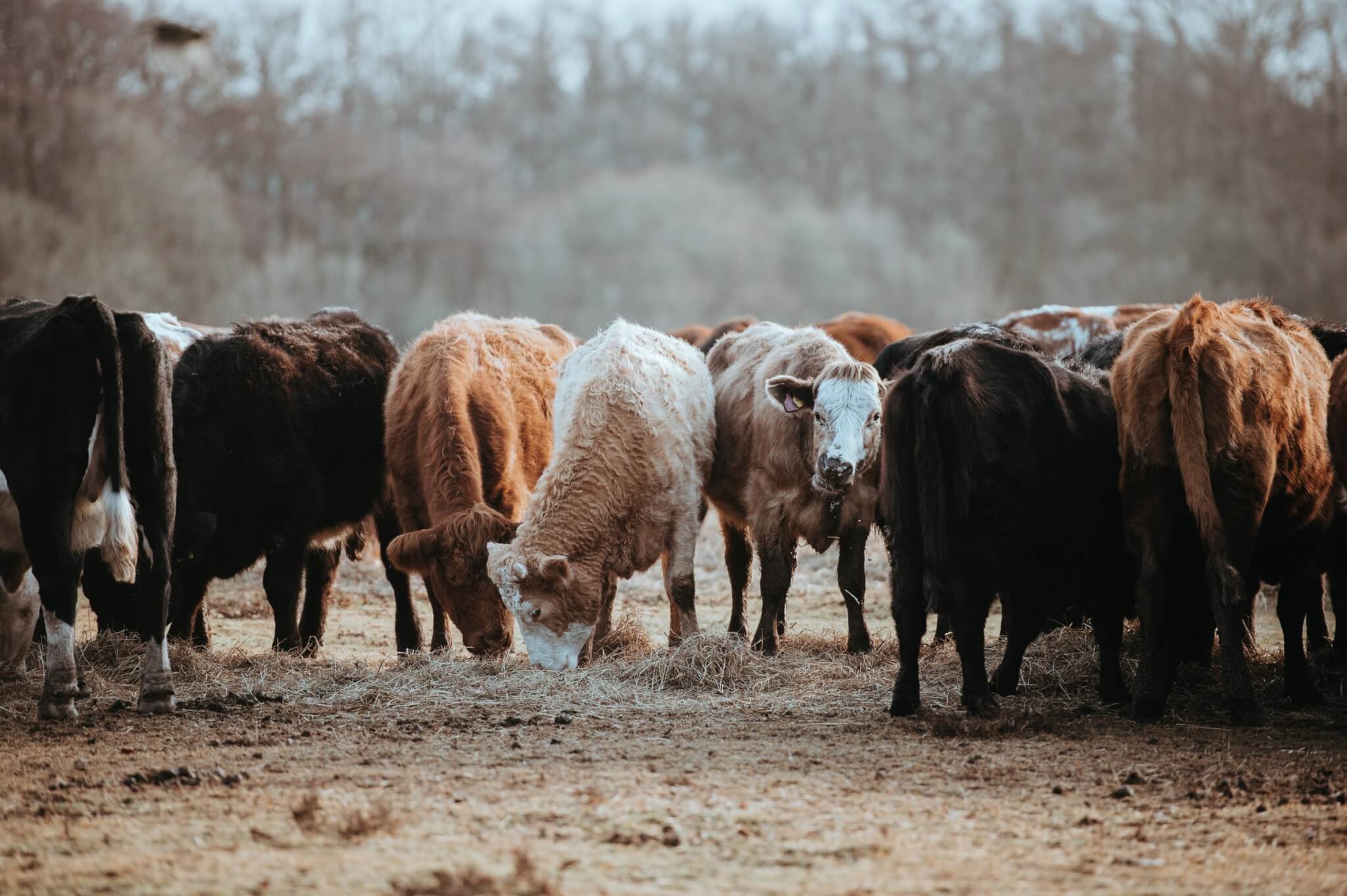LUND, Sweden — It turns out that the “peaceful transition” from hunter-gatherer societies to farming communities in Europe was a lot bloodier than anyone ever thought! Researchers from Lund University in Sweden have uncovered dramatic shifts in Scandinavia’s ancient population dynamics, discovering that farmers actually “slaughtered” hunter-gatherers.
Utilizing advanced DNA analysis of ancient skeletons and teeth found in modern-day Denmark, the study provides new insights into the migrations and conflicts that shaped early Scandinavian society. By extracting and examining DNA from these skeletal remains, the team uncovered evidence of two significant population turnovers in Denmark over the last 7,300 years.
The first of these turnovers occurred approximately 5,900 years ago when incoming farmers, distinct in origin and appearance, displaced the existing hunter-gatherer communities that had thrived in Scandinavia. Contrary to the previously held notion of a peaceful integration, the study suggests a more turbulent transition marked by conflict and possibly exacerbated by new diseases introduced through the farmers’ livestock.
“This transition has previously been presented as peaceful. However, our study indicates the opposite. In addition to violent death, it is likely that new pathogens from livestock finished off many gatherers,” says study author Anne Birgitte Nielsen, a geology researcher and head of the Radiocarbon Dating Laboratory at Lund University, in a university release.

The Arrival of the Yamnaya
A subsequent population change took place around 4,850 years ago with the arrival of people from the Yamnaya culture, originating from southern Russia. Renowned for their livestock herding, these individuals brought with them a lifestyle that was vastly different from the one led by Scandinavia’s existing farming communities. The study indicates that through a combination of violence and the introduction of new diseases, the Yamnaya people and their descendants effectively replaced the previous farmer population in Scandinavia.
The genetic footprint of the Yamnaya and their Eastern European Neolithic mix is still prevalent in modern Denmark, marking a lasting impact on the genetic landscape of the region.
“This time there was also a rapid population turnover, with virtually no descendants from the predecessors. We don’t have as much DNA material from Sweden, but what there is points to a similar course of events,” explains Nielsen, who contributed quantitative pollen data which shows how the vegetation changed in connection with the population changes. “In other words, many Swedes are to a great extent also descendants of these semi-nomads.”
Beyond rewriting new chapters of Scandinavian prehistory, the study’s findings have broader implications, particularly in understanding genetic heritage and the evolution of diseases.
“Our results help to enhance our knowledge of our heredity and our understanding of the development of certain diseases. Something that in the long term could be beneficial, for example in medical research,” concludes Nielsen.
The collaborative effort saw contributions from approximately 40 institutions across Europe, America, and Australia, demonstrating the global interest and significance of uncovering the complex dynamics of ancient human migrations and their lasting impact on societies.
The study is published in the journal Nature.

You aren’t suggesting that those in the farming community were “wires” differently than the hunter-gatherers? Were there genetic differences? More than “ it was in their genes”.
By nature farmers would always be in conflict with hunter/gatherers, just as those producing are in conflict with the homeless. When gathering food what easier pickings than on a farm and what greater threat to a farmer than one steals what the farmer has grown.